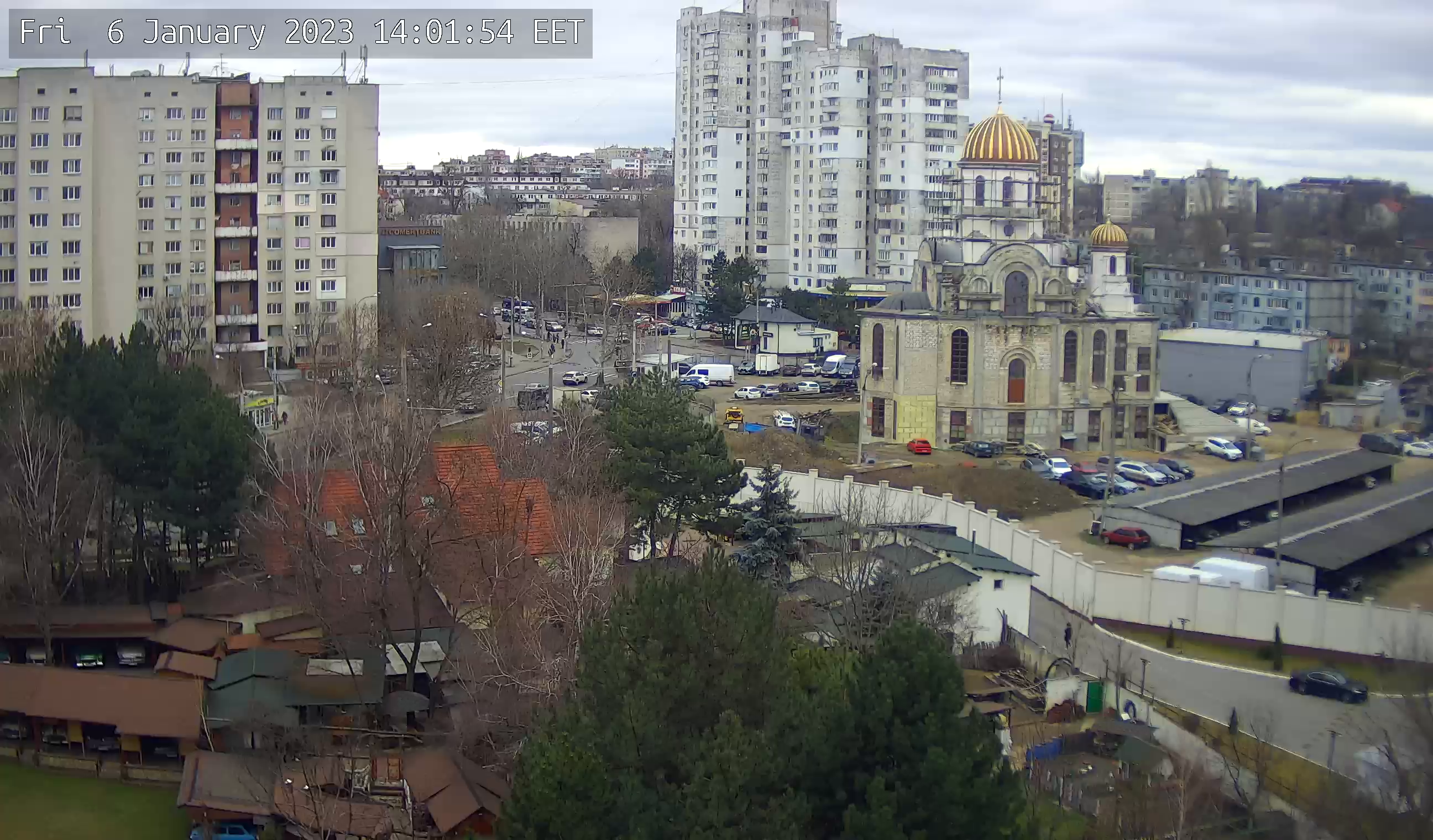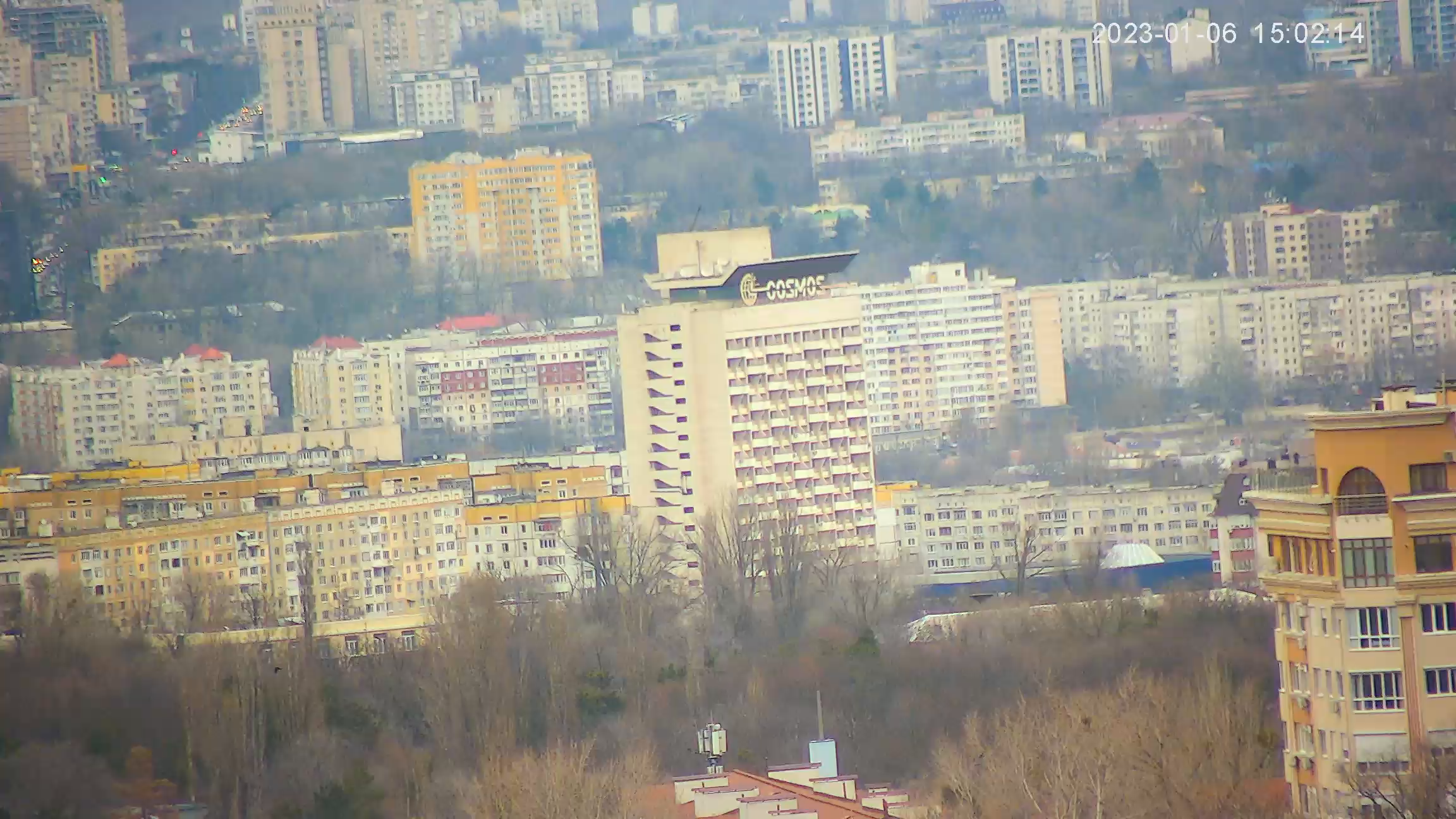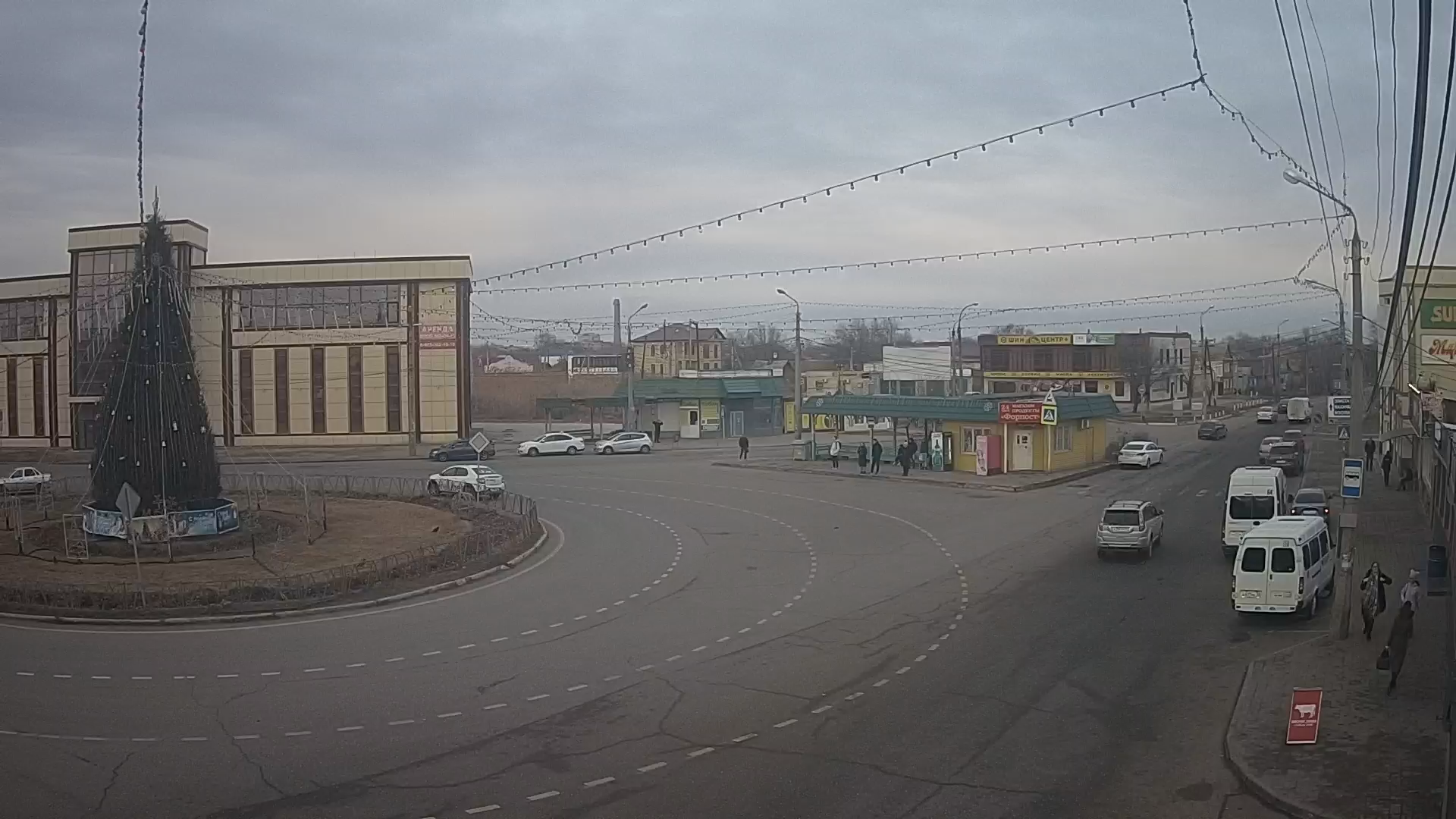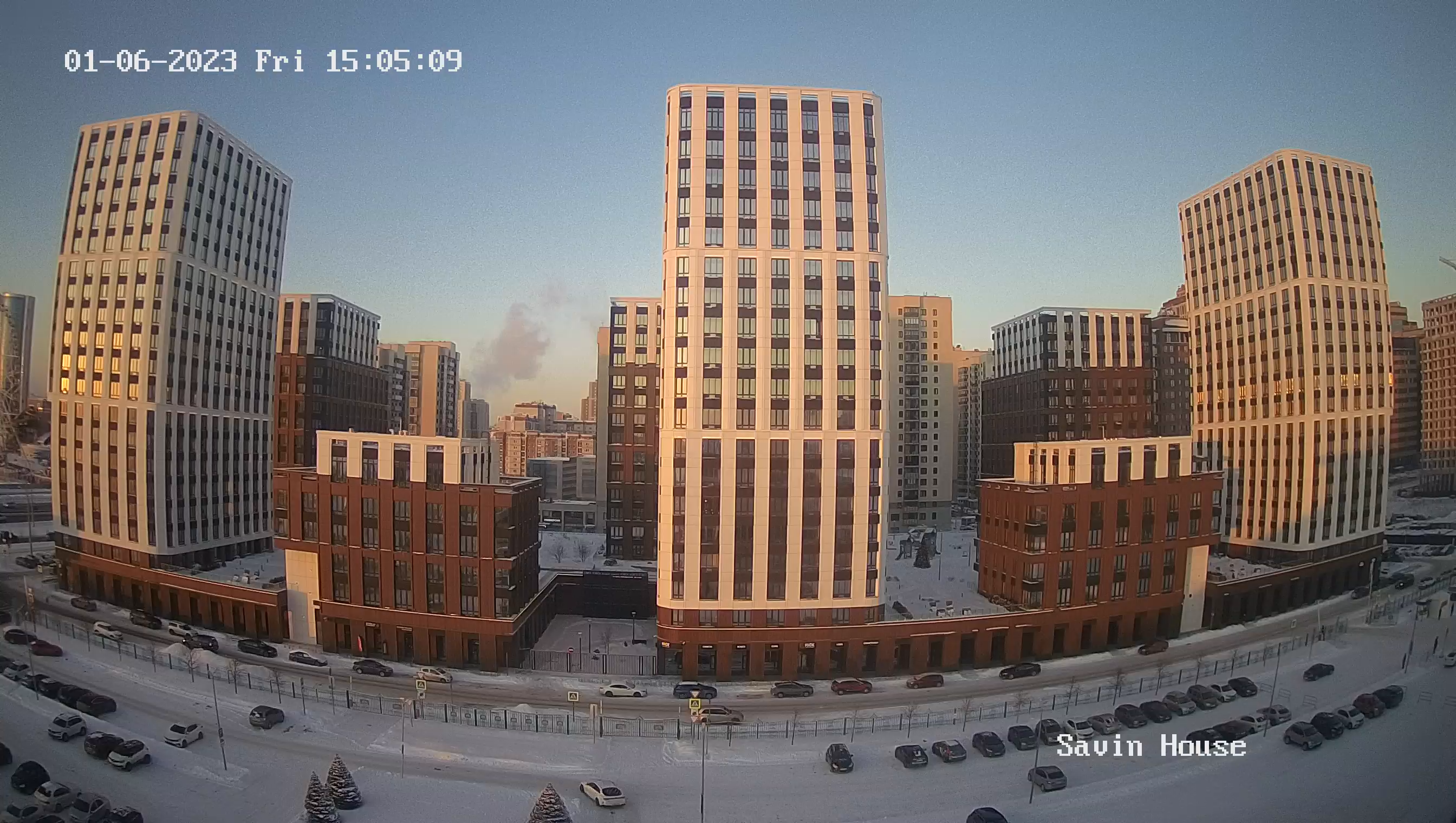Webcam Veliko Tarnovo. Panorama, Asenevci Monument
Veliko Tarnovo is one of the most important settlements in the history of Bulgaria. People first appeared here during the Stone Age. Later, during the Bronze Age and the early Iron Age, fortifications stood on the hills within the boundaries of the modern city. Later Thracian tribes inhabited the area and were taken over by the Romans at the beginning of our era.
After the partition of the Roman Empire the city became part of the Byzantine Empire, and then it was taken over by the Bulgarians. During the VII - X centuries the town grew and strengthened its position. Since that time the name Tarnovo, meaning "fortress, stronghold", has been used. In 1187 there was an important event, both for the city and for the whole of Bulgaria. The revolt against the Byzantine rulers was successful and Tarnovo became the capital. This status gave a lot to the city. All the residences of the spiritual and worldly authorities and the higher classes were located in Tarnovo, which had a great influence on the wealth of the settlement and its economic development.
Merchants from all over Europe came to the city, numerous craftsmen created beautiful products, the figures of the church opened schools and educational centers. At this time Tarnovo, and the whole of Bulgaria, became very significant in Europe.
The year 1393 was a black year for the town. Like the whole country, Tarnovo fell under the attacks of the Ottoman Turks. The capital, not withstanding a three-month siege, fell and was destroyed. For a long time the city could not rise from the ruins and rise to its former level. Only by the XVIII century did Tarnovo regain its status as a cultural center. The Bulgarian people longed for liberation from the Ottoman yoke, and one of the centers of unrest was just Tarnovo.
In the summer of 1877 Tarnovo was liberated. After the victorious end of the war and the arrival of the long-awaited freedom, it was in Tarnovo that the most eminent Bulgarian politicians and politicians met. The Constitution, the most democratic at the time, was written in this city. The government was established there, and the national assemblies were held. Although Sofia has been chosen as the capital of Bulgaria, Veliko Tarnovo remains a Bulgarian sanctuary, a repository of self-consciousness and the spirit of the Bulgarian people.
The Asenevci Monument is a monument to the four kings of the Second Bulgarian Kingdom, which existed from 1185 to 1396 (in 1396 Bulgaria was conquered by the Ottomans). Four Bulgarian kings - Ivan Asen I, Peter, Kaloyan and Ivan Asen II ruled the Bulgarian state during its highest economic, political and cultural prosperity. The monument was erected to commemorate the 800th anniversary of the declaration of Veliko Tarnovo as the capital of the Second Bulgarian Kingdom.









